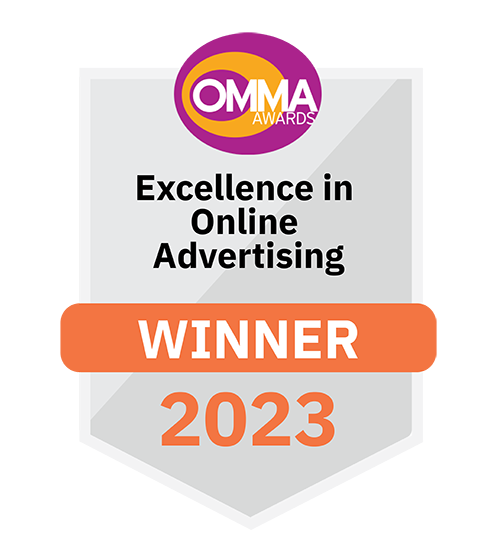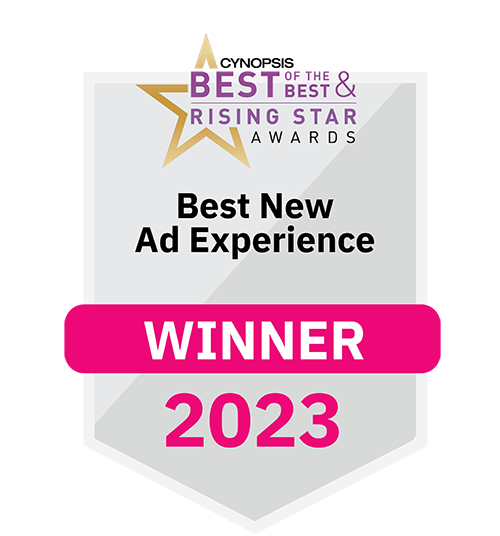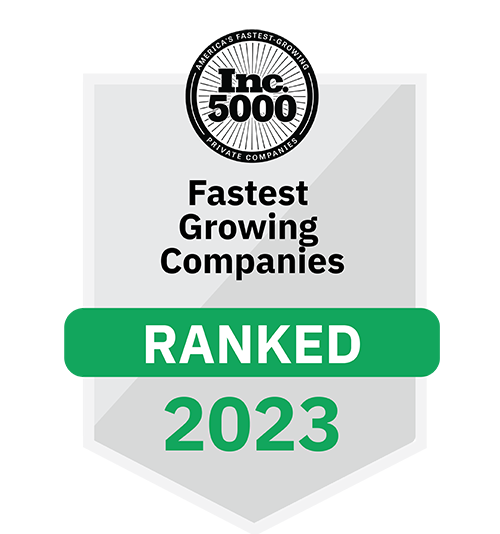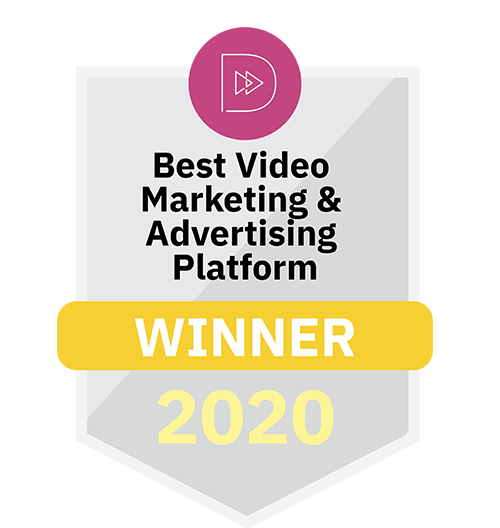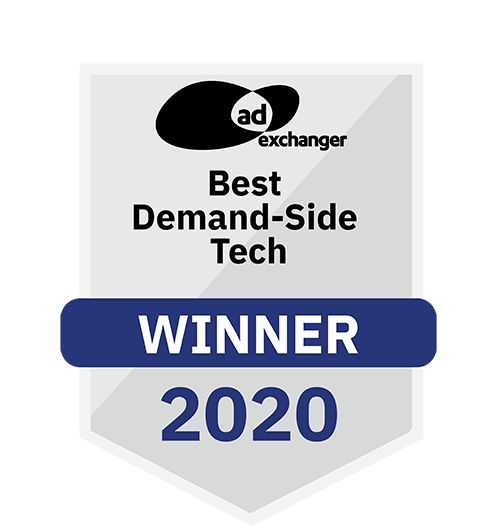Hi, we're KERV.
The only AI technology contextually analyzing video behind every screen.
What KERV Does for You


Intelligent Video
Uncover unprecedented levels of metadata through proprietary image recognition technology powered by AI.
Active Attention™
The first metric to index the quality of time users spend interacting with digital video assets.
Greater Speed & Precision
Cutting-edge AI/ML technology makes your video interactive and shoppable in real time.
1st Party Data
KERV’s data is based on user interactions with content, not the users themselves. We don’t need to know who you are to know what you like.
Stronger Performance
Our technology and data push the industry standard to create true consumer-first and frictionless experiences.
Brand Safety
Contextually target ads to relevant inventory at scale and deliver a more refined, enhanced ad-viewing experience to your audience.
Our Solutions


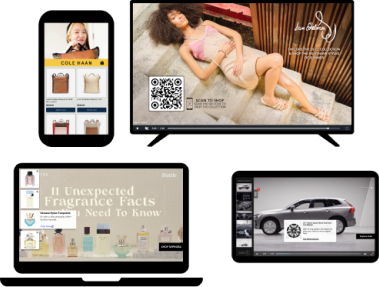
Ad Performance Solutions
Interactive and shoppable video solutions for any channel.



Publisher Revenue Opportunities
Create consumer-first, immersive commerce experiences.


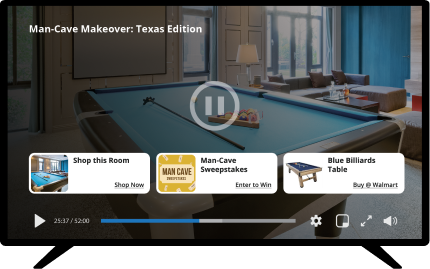
In-Show Monetization Solutions
The next era in streaming is here, powered by KERV’s technology.
Who We Work With
As Seen In
Awards
